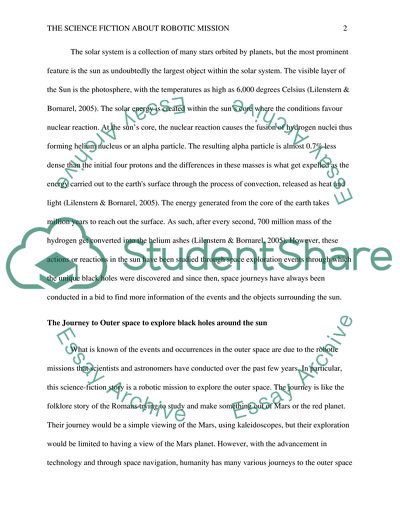Cite this document
(“The Science Fiction about Robotic Mission Essay”, n.d.)
The Science Fiction about Robotic Mission Essay. Retrieved from https://studentshare.org/physics/1701585-the-science-fiction-about-robotic-mission
The Science Fiction about Robotic Mission Essay. Retrieved from https://studentshare.org/physics/1701585-the-science-fiction-about-robotic-mission
(The Science Fiction about Robotic Mission Essay)
The Science Fiction about Robotic Mission Essay. https://studentshare.org/physics/1701585-the-science-fiction-about-robotic-mission.
The Science Fiction about Robotic Mission Essay. https://studentshare.org/physics/1701585-the-science-fiction-about-robotic-mission.
“The Science Fiction about Robotic Mission Essay”, n.d. https://studentshare.org/physics/1701585-the-science-fiction-about-robotic-mission.


